 |
|
SES-22 (Falcon 9) 29 June 2022 |
Space Launch Complex 40 Cape Canaveral Space Force Station |
A SpaceX Falcon 9 rocket launched the SES-22 broadcast satellite to a geosynchronous transfer orbit at 5:04 p.m. on 29 June 2022 from Space Launch Complex 40 (SLC-40) at Cape Canaveral Space Force Station. This was the second launch and landing of this booster, which previously supported the launch of one Starlink mission. After stage separation, the booster landed on the A Shortfall of Gravitas droneship stationed in the Atlantic Ocean. |
|
LAUNCH TIME EXPOSURE |
|
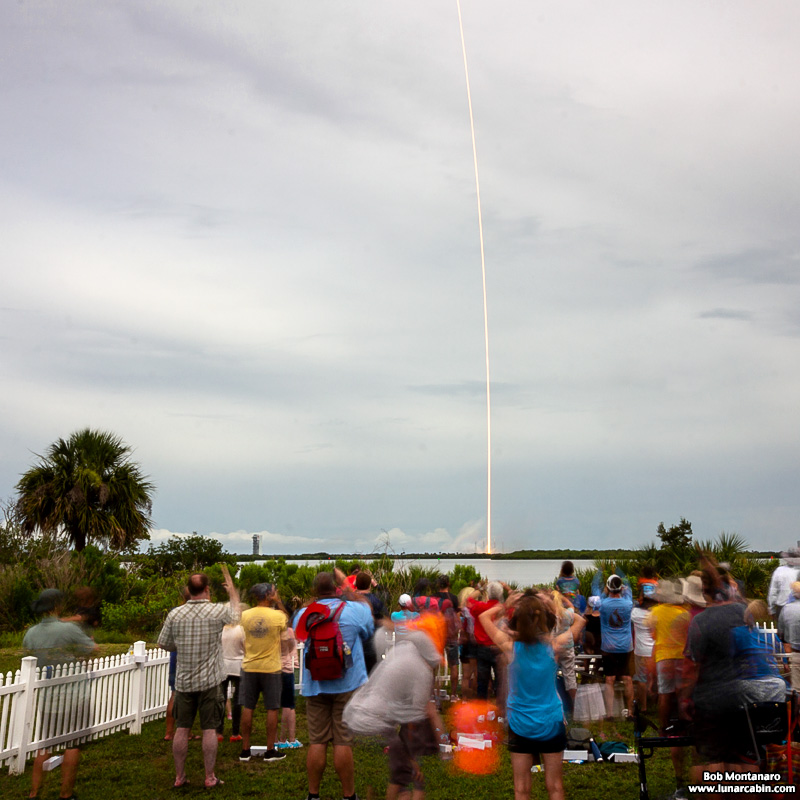 |
|
| Launch guests on the lawn at the Launch Complex 39 Observation Gantry watch the Falcon 9 rocket streak to orbit in this time exposure. | |
TELEPHOTO IMAGES |
|
 |
|
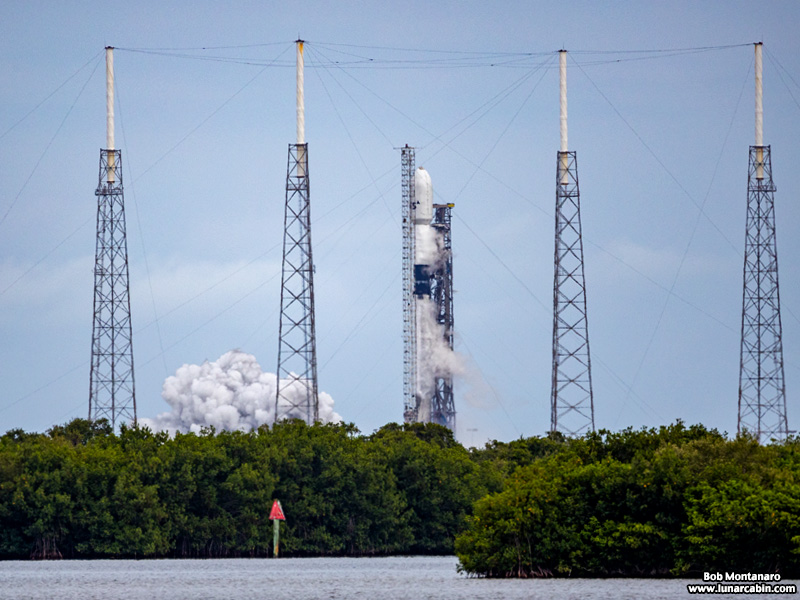 |
|
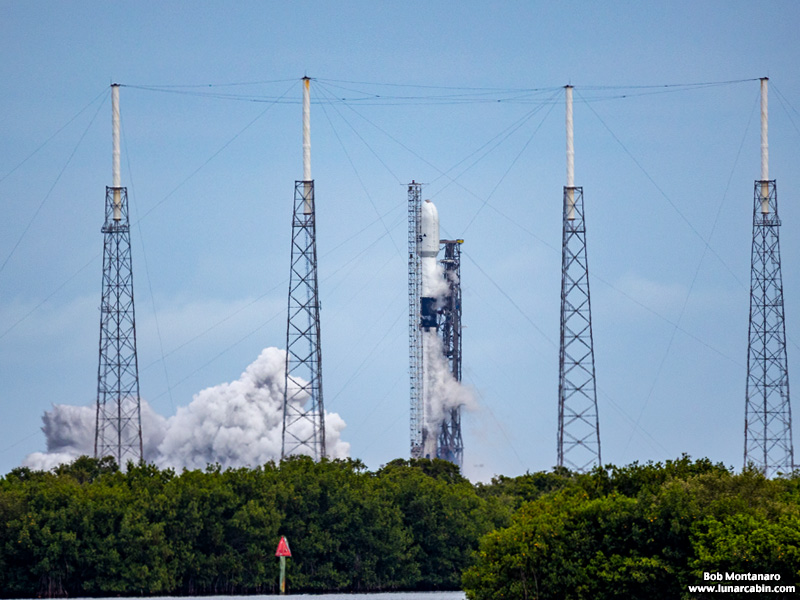 |
|
 |
|
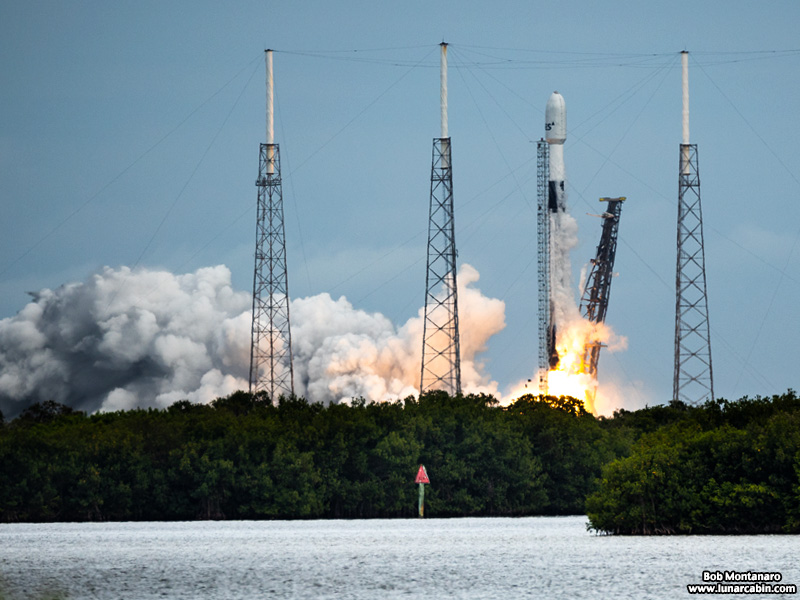 |
|
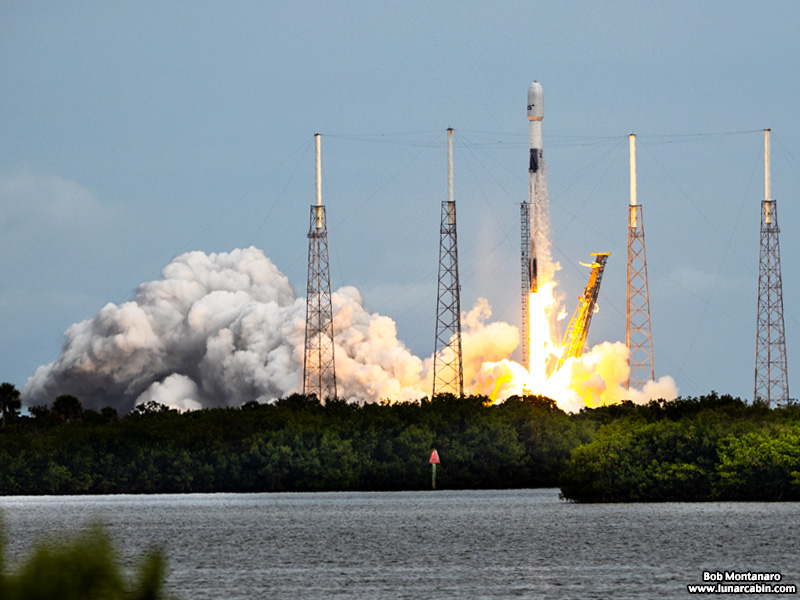 |
|
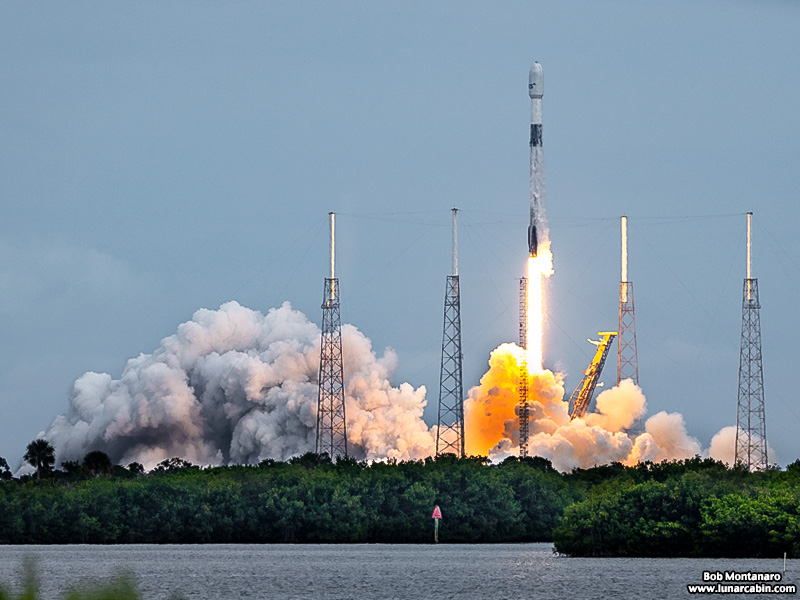 |
|
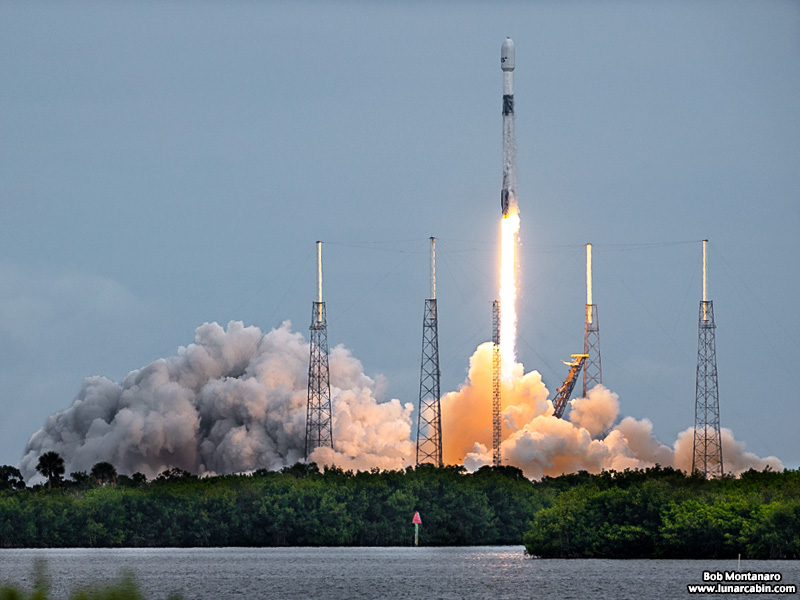 |
|
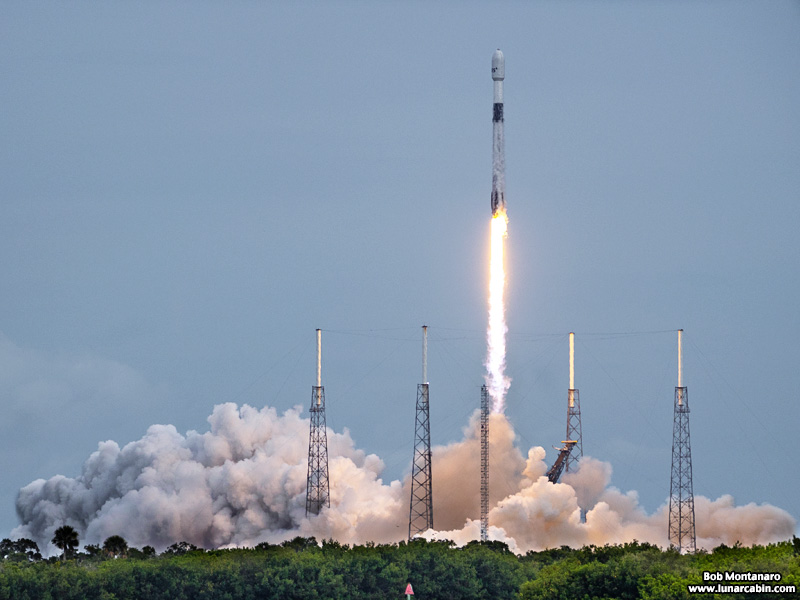 |
|
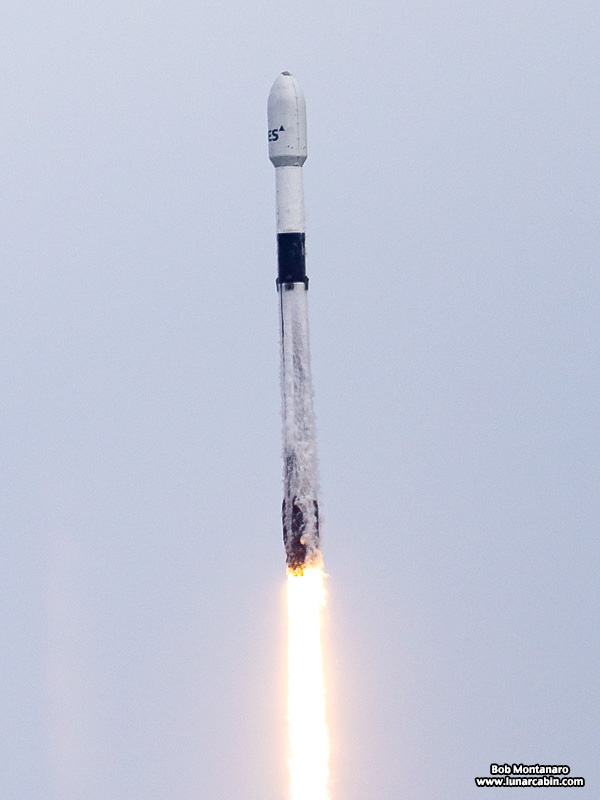 |
|
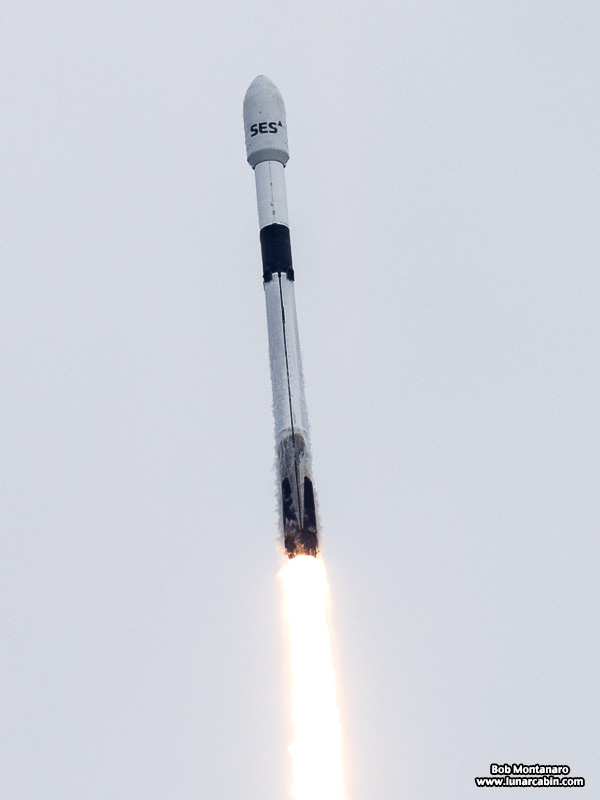 |
|
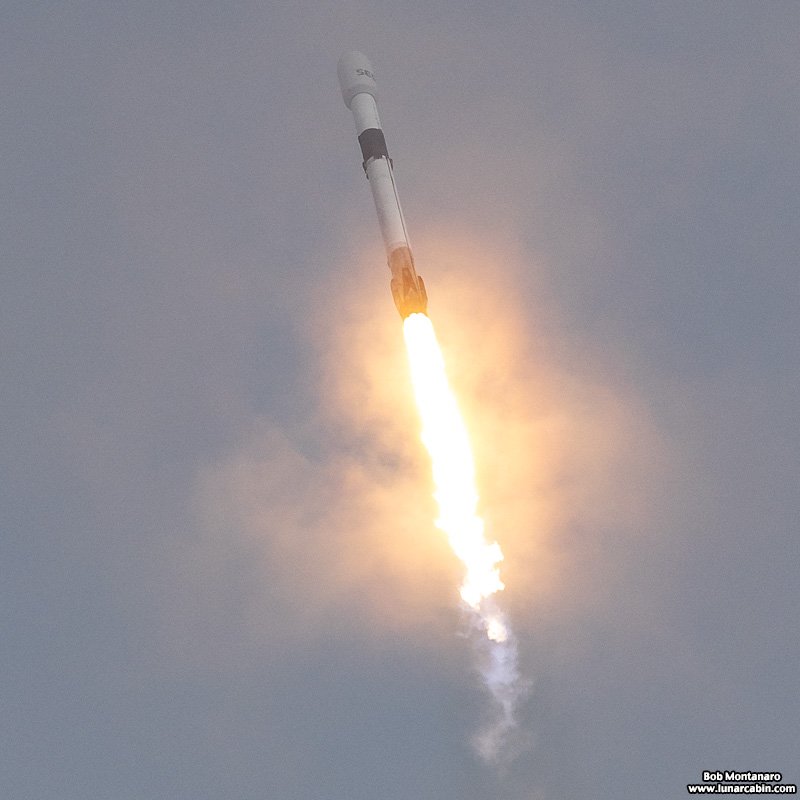 |
|
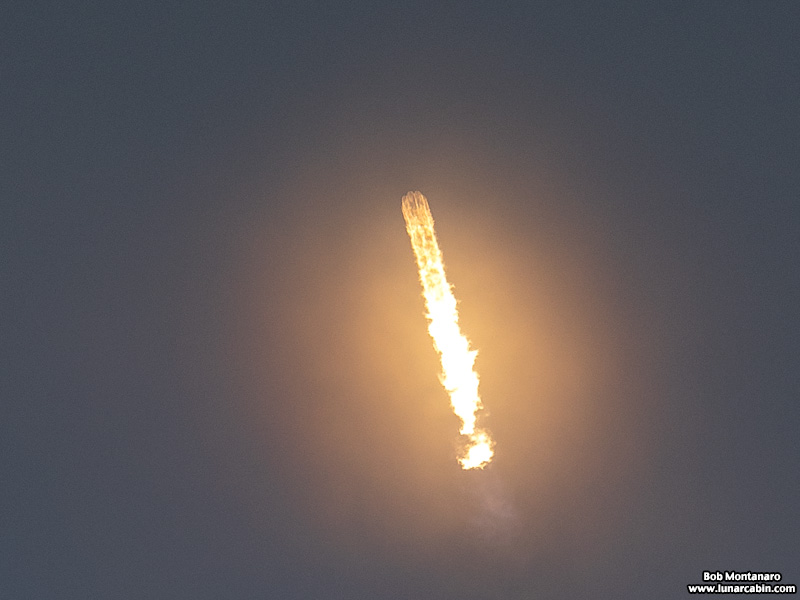 |
|
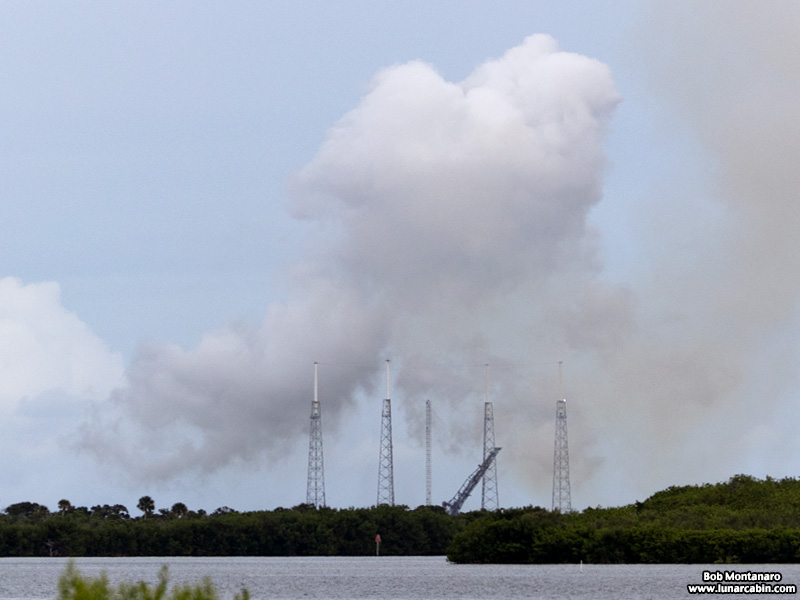 |
|
PRESS MATERIAL |
|
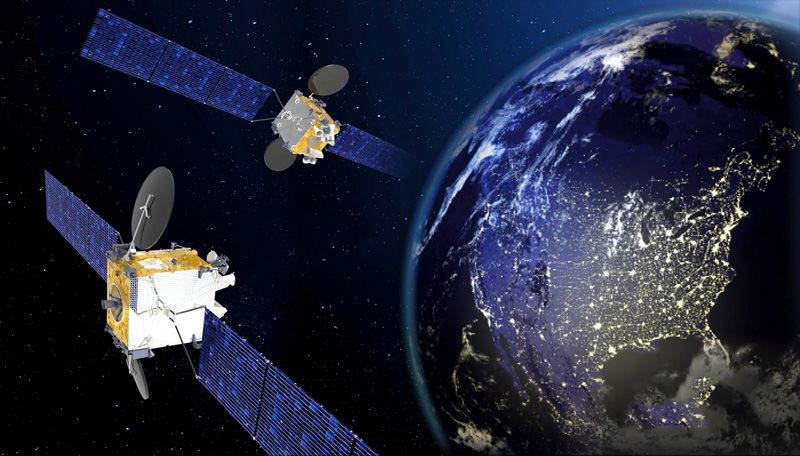 |
|
| SES-22 & SES-23 in orbit over North America as pictured by Thales Alenia Space, builder of the SES satellites.The company states in a preconstruction press release: "Thales Alenia Space will be responsible for the design, production, testing of the satellites and support of the payload in-orbit acceptance tests. SES-22 and SES-23 are based on the proven Spacebus 4000 B2 platform and will be 3.5-ton class satellites at launch." IMAGE: Thales Alenia Space | |
SES PRESS RELEASE ON THE SES-22 LAUNCH |
|
Built by Thales Alenia Space, SES-22 will operate in the 135 degrees West orbital slot and will deliver TV and radio to millions of American homes and provide other critical data transmission services. SES-22 is expected to start operations by early August 2022. The launch of SES-22 is part of a broader FCC program to clear a portion of C-band spectrum to enable wireless operators to deploy 5G services across the contiguous US (CONUS). In response to a mandate from the FCC, satellite operators such as SES are required to transition their existing services from the lower 300 MHz to the upper 200 MHz of C-band spectrum to make room for 5G. SES completed all Phase I transition activities in September 2021, and is on track for completing Phase II transition activities to meet the FCC's December 2023 deadline. About SES Services With over 70 satellites in two different orbits, our reach is unlike any other. We help broadcasters touch more viewers on screen; mobile network operators expand into uncharted markets; peacekeepers receive real-time intelligence, passengers work and play online and communities—in some of the most remote places on the planet. |
|
All contents copyright Lunar Cabin |
|